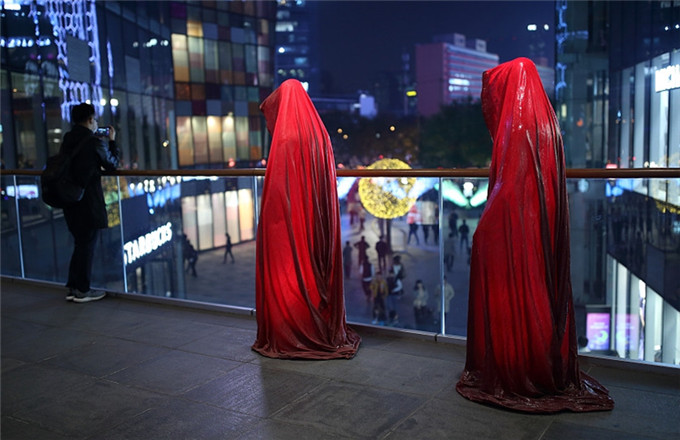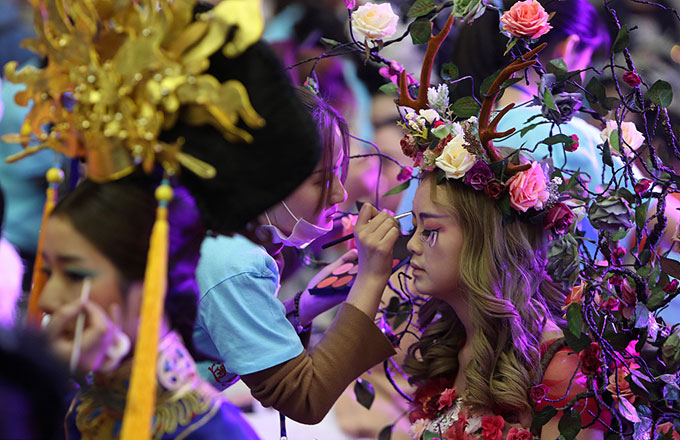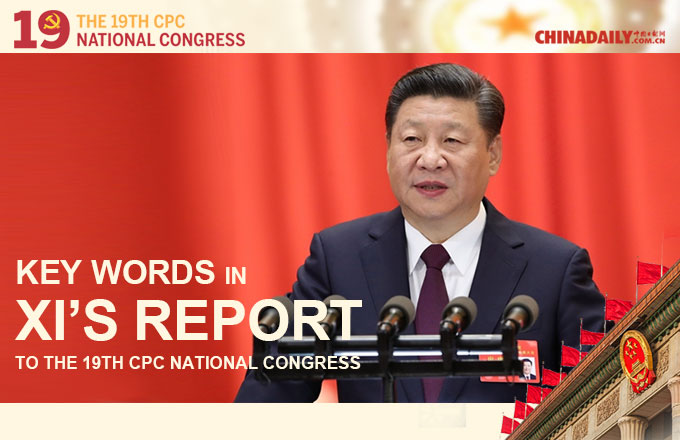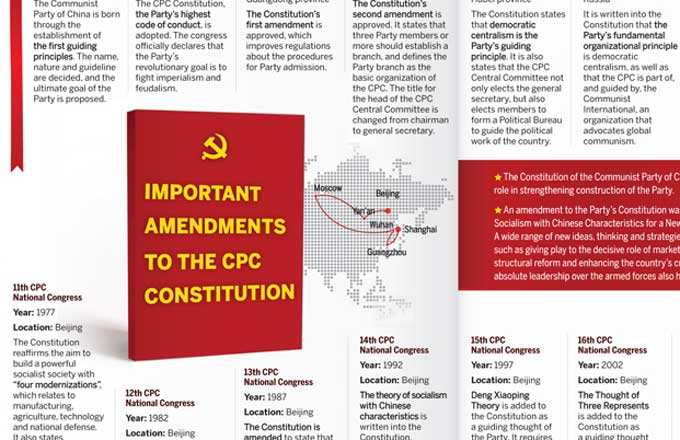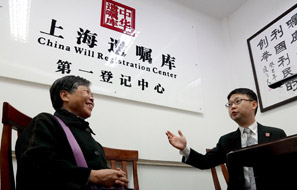Traditional cultural resources help farmers out of poverty
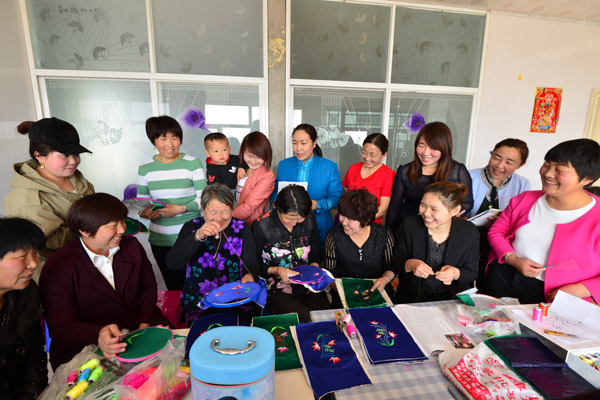 |
|
Government of Horqin Right Wing Middle Banner of the Inner Mongolia autonomous region opens embroidery classes for poverty-stricken women to learn how to decorate clothes, slippers and pillowcases with traditional designs. [Photo provided to China Daily] |
More farmers and herdsmen in Horqin Right Wing Middle Banner, the Inner Mongolia autonomous region, have been lifted out of poverty thanks to government institutions' efforts to promote traditional Mongolian embroidery.
The banner is a county-level settlement. Local government established Xiangrui Embroidery Poverty Alleviation Service Co Ltd and Wangfu Embroidery Workshop, and opened training classes, aiming to protect and promote TusheetWangfu embroidery, an intangible cultural heritage of Inner Mongolia.
"We also have developed more tourism products with folk characteristics and provide tailor-made solutions for poverty alleviation," said Bai Jingying, chairperson of the banner's committee of the Chinese People's Political Consultative Conference.
In her spare time, Bai teaches embroidery skills, pattern design, and color collocation at the class.
Since the end of 2016, she has trained nearly 5,800 women, half of whom were poor.
Bai said 50 college graduates were involved in supporting employment and poverty-alleviation programs.
The association is in charge of the sales both online and offline, selling the Mongolian robes, pillowcases, slippers and other household products with exquisite traditional Mongolian embroidery to the outside world.
The sales volume from April to August reached 4.72 million yuan ($71,510). Each of the 2,600 impoverished people earned more about 2,000 yuan from it, said Bai.
 |
|
BaiJingying, chairperson of Horqin Right Wing Middle Banner's CPPCC committee, teaches impoverished women embroidery skills, pattern design, and color collocation in her spare time. [Photo provided to China Daily] |
"We are expanding the market. Currently, we are negotiating about cooperating with embroidery factories in Hunan and Jiangsu province (traditional embroideries of the two provinces are famous in China)," said Bai.
"On the other hand, we are actively exploring new methods such as e-commerce and utilizing mobile terminals to expand the market," she added.
According to Fu Lin from the service association supporting employment and poverty alleviation, they have set up online shops and brick-and-mortar stores in Ulanhot, Hohhot and other cities.
Every day, they sell 150 to 200 pairs of slippers.
"The price of each pair is 70 yuan, from which the maker can earn 65 yuan. All the workers are given daily wages," he said.
Traditional Mongolian embroidery is not only a name card of Horqin Right Wing Middle Banner, but also a key to poverty reduction.
Statistics show that were1,82 households and 18,029 people categorized as poverty-stricken – with an annual income lower than 2,600 yuan for farmers and 3,100 yuan for herdsmen of the autonomous region.
Currently, the numbers has dropped to 5,692 and 14,153 respectively.
Focused on the task of tackling poverty, the banner government is striving to carry on tailored reduction measures to lift the impoverished out of poverty and promote prosperity.






